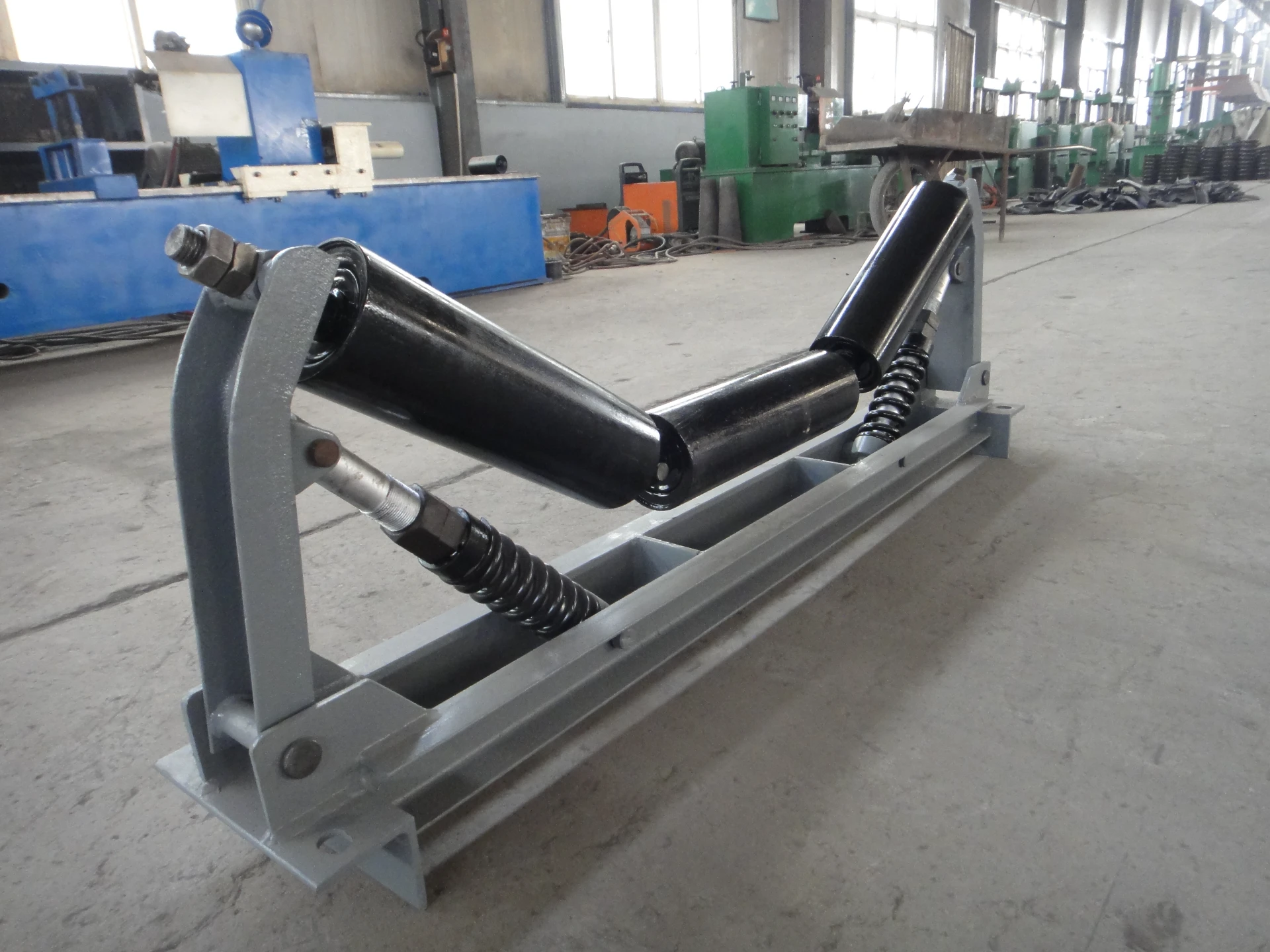 Afrikaans
Afrikaans  Albanian
Albanian  Amharic
Amharic  Arabic
Arabic  Armenian
Armenian  Azerbaijani
Azerbaijani  Basque
Basque  Belarusian
Belarusian  Bengali
Bengali  Bosnian
Bosnian  Bulgarian
Bulgarian  Catalan
Catalan  Cebuano
Cebuano  Corsican
Corsican  Croatian
Croatian  Czech
Czech  Danish
Danish  Dutch
Dutch  English
English  Esperanto
Esperanto  Estonian
Estonian  Finnish
Finnish  French
French  Frisian
Frisian  Galician
Galician  Georgian
Georgian  German
German  Greek
Greek  Gujarati
Gujarati  Haitian Creole
Haitian Creole  hausa
hausa  hawaiian
hawaiian  Hebrew
Hebrew  Hindi
Hindi  Miao
Miao  Hungarian
Hungarian  Icelandic
Icelandic  igbo
igbo  Indonesian
Indonesian  irish
irish  Italian
Italian  Japanese
Japanese  Javanese
Javanese  Kannada
Kannada  kazakh
kazakh  Khmer
Khmer  Rwandese
Rwandese  Korean
Korean  Kurdish
Kurdish  Kyrgyz
Kyrgyz  Lao
Lao  Latin
Latin  Latvian
Latvian  Lithuanian
Lithuanian  Luxembourgish
Luxembourgish  Macedonian
Macedonian  Malgashi
Malgashi  Malay
Malay  Malayalam
Malayalam  Maltese
Maltese  Maori
Maori  Marathi
Marathi  Mongolian
Mongolian  Myanmar
Myanmar  Nepali
Nepali  Norwegian
Norwegian  Norwegian
Norwegian  Occitan
Occitan  Pashto
Pashto  Persian
Persian  Polish
Polish  Portuguese
Portuguese  Punjabi
Punjabi  Romanian
Romanian  Russian
Russian  Samoan
Samoan  Scottish Gaelic
Scottish Gaelic  Serbian
Serbian  Sesotho
Sesotho  Shona
Shona  Sindhi
Sindhi  Sinhala
Sinhala  Slovak
Slovak  Slovenian
Slovenian  Somali
Somali  Spanish
Spanish  Sundanese
Sundanese  Swahili
Swahili  Swedish
Swedish  Tagalog
Tagalog  Tajik
Tajik  Tamil
Tamil  Tatar
Tatar  Telugu
Telugu  Thai
Thai  Turkish
Turkish  Turkmen
Turkmen  Ukrainian
Ukrainian  Urdu
Urdu  Uighur
Uighur  Uzbek
Uzbek  Vietnamese
Vietnamese  Welsh
Welsh  Bantu
Bantu  Yiddish
Yiddish  Yoruba
Yoruba  Zulu
Zulu Understanding the Function and Importance of V-Belt Idlers in Mechanical Systems
The Importance of V-Belt Idlers in Mechanical Systems
In the world of mechanical engineering, the effective transmission of power and motion is crucial. One of the key components that facilitates this is the V-belt, often aided by an idler. Understanding the role of V-belt idlers can provide insights into their functionality, applications, and the importance they hold in various mechanical systems.
What is a V-Belt?
A V-belt is a type of flexible belt used to transmit power between rotating shafts. Characterized by its trapezoidal cross-section, a V-belt operates by running in grooves that are designed to match this shape. This design allows for a high friction coefficient, which ensures effective power transfer without slippage. V-belts are commonly used in a wide range of applications, from industrial machinery to automotive engines, where they help drive accessories and perform essential tasks like supporting alternators, water pumps, and air conditioning compressors.
The Role of Idlers
Idlers are particularly crucial in systems that utilize V-belts. An idler is a pulley that does not receive power directly but serves to guide and tension the belt. The main functions of idlers in a V-belt system include
1. Tensioning the Belt Maintaining the proper tension on the V-belt is vital for optimal performance and longevity. An idler can adjust the tension to prevent slippage and wear, which in turn reduces the risk of belt breakage.
2. Changing Direction In many mechanical systems, V-belts need to change direction to transfer motion effectively. Idlers can facilitate these directional changes without adding excessive stress on the belt.
3. Providing Support By supporting the belt over long spans, idlers help maintain alignment and minimize the risk of misalignment-related issues, which can cause premature wear and inefficiency.
4. Reducing Noise and Vibration Idlers can also minimize noise and vibrations in mechanical systems. A properly installed idler can absorb shocks and dampen operational noise, contributing to a smoother working environment.
Types of Idlers
v belt idler

There are several types of idlers employed in V-belt systems, including
- Fixed Idlers These do not change position and are used to maintain constant tension or guide the belt in a particular direction. They are typically mounted in a fixed position and are easy to install.
- Adjustable Idlers These allows for easy tension adjustment by being able to change their position. This adaptability is particularly useful in systems where belt wear or stretch over time can lead to issues in tension.
- Driven Idlers While less common, these idlers are driven by the belt and can sometimes serve dual functions, such as providing extra drive to another component.
Applications of V-Belt Idlers
V-belt idlers are found in various industries, each benefiting from their unique capabilities. In manufacturing and production, idlers help maintain efficiency in conveyor systems, ensuring smooth movement of goods. In automotive applications, they are used throughout different engine systems to keep crucial components functioning optimally.
Furthermore, in agricultural machines, V-belt idlers contribute significantly to the seamless operation of machinery that relies on belts to transfer power for harvesting, planting, and processing. The versatility of V-belt idlers makes them indispensable in any mechanical system that involves belt-driven operations.
Maintenance and Considerations
Regular maintenance of V-belt and idler systems is essential for ensuring efficient operation. This includes inspecting belts for signs of wear, ensuring proper alignment, and adjusting tension as needed. Neglecting these components can lead to belt failure, machine downtime, and increased costs.
In conclusion, V-belt idlers play a crucial role in enhancing the performance of V-belt systems across various applications. From providing necessary tension to facilitating directional changes, the importance of these components cannot be overstated. Ensuring they are well-maintained and properly installed will lead to improved operational efficiency and longevity of mechanical systems. Whether in industrial machinery, automotive applications, or agricultural equipment, the effectiveness of V-belt idlers is evident, making them a fundamental element in the world of mechanical engineering.
-
Revolutionizing Conveyor Reliability with Advanced Rubber Lagging PulleysNewsJul.22,2025
-
Powering Precision and Durability with Expert Manufacturers of Conveyor ComponentsNewsJul.22,2025
-
Optimizing Conveyor Systems with Advanced Conveyor AccessoriesNewsJul.22,2025
-
Maximize Conveyor Efficiency with Quality Conveyor Idler PulleysNewsJul.22,2025
-
Future-Proof Your Conveyor System with High-Performance Polyurethane RollerNewsJul.22,2025
-
Driving Efficiency Forward with Quality Idlers and RollersNewsJul.22,2025





























